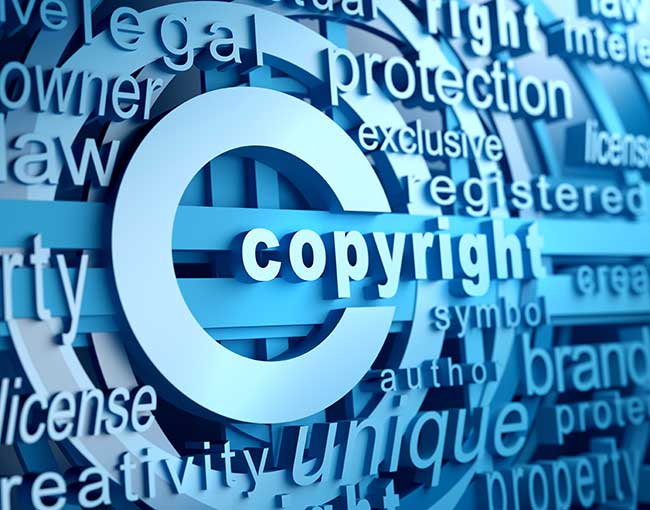Instagram isn’t liable for copyright infringement because it provides embedding tools that allow third-party websites to retrieve and display copyrighted photos, according to a recent appellate decision. The Ninth Circuit Court of Appeals based its decision in Hunley v. Instagram on the fact that the third-parties’ servers never make copies of the photos during the embedding process. This is known as the “server test” for intermediary infringer liability.
The underlying case involved two photographers, Alexis Hunley and Matthew Scott Brauer, who sued Instagram for indirect copyright infringement. Indirect infringement liability first requires a direct infringer. The photographers claimed that third-parties, here Time and Buzzfeed News, who inserted Instagram embedding tool language in their own websites directly infringed because the Time and Buzzfeed websites displayed the photographers’ photos in response to the embedding tools’ instructions.
“Embedding” is where a website creator inserts HTML code into its website that instructs user browsers to go to an identified host site, like Instagram, retrieve an image available at a designated address, and then display it (generally seamlessly and nearly instantly) on the creator’s own website. For example, here Time published an article entitled “These Photographers are Covering the Presidential Campaign on Instagram.” As part of the Time-authored article, a photo from Brauer’s Instagram account was displayed because Time included Instagram embedding instructions in its own website code that “cause[d] Brauer’s Instagram post to appear on Time’s website alongside Time’s own content.” But Time “never stored or made a copy of Brauer’s photo” during the process.
The trial court dismissed the photographers’ claims after it applied the Ninth Circuit’s “server test,” also known as the Perfect 10 case, which was developed in a case involving search engines that crawled the Internet and returned results, including embedded full-sized images from third-party websites and thumbnail images of photos that its crawlers located. Under the “server test,” the Ninth Circuit found search engines were not direct infringers because they never made a copy of the crawled photos during the search and display process.
Applying the server test here, the trial court found that Time and Buzzfeed did not infringe the photographers’ exclusive display rights because “they do not store the images and videos, they do not ‘fix’ the copyrighted work in any ‘tangible medium of expression.’” In other words, they are not direct infringers because they do not display “copies” of the copyrighted work. And because Time and Buzzfeed were not direct infringers, Instagram was not an indirect infringer.
On appeal, the photographers argued the server test: (1) is limited to search engines; (2) should be abandoned because it conflicts with the Copyright Act; and (3) was overruled by a 2014 Supreme Court case, American Broadcasting Co. v. Aereo. The Ninth Circuit quickly addressed the first two points, finding that it repeatedly applied the server test to factual situations not involving search engines, and that only an opinion by the full Ninth Circuit could reverse the original Perfect 10 three-judge panel’s opinion.
Finally, the court rejected the photographers’ arguments that Aereo overruled Perfect 10. According to the court, Aereo involved the public performance right under the Copyright Act, which does not require a copy, whereas Perfect 10 involved the Act’s display right, specifically, the meaning of a public “display” of a copy in the electronic context. According to the court, “Perfect 10 still forecloses liability … because it answered a predicate question: whether embedding constitutes ‘display’ of a ‘copy.’”
With its decision, the Ninth Circuit reaffirmed the “server test” as its governing standard for embedding claims, but only in their “current technological format.” The court noted that the photographers’ statutory language and policy arguments were “serious and well argued.” Anyone interested in this topic should monitor future court decisions to see if other courts adopt different interpretations, such as those provided by several Southern District of New York opinions that have rejected the server test in particular situations.
Mike Nepple is a partner in Thompson Coburn's Intellectual Property practice group.







